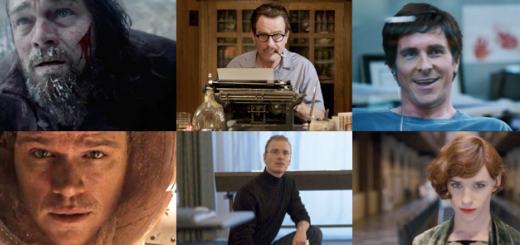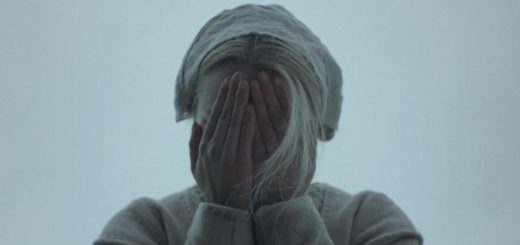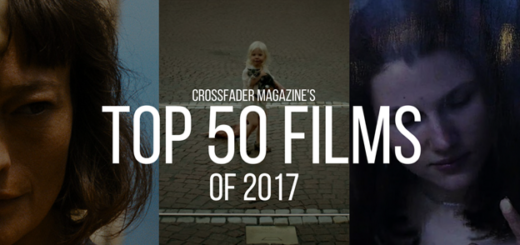Malick and Me: THE NEW WORLD and THE TREE OF LIFE
From my vantage point in the third floor rotunda of the library, I can see the Santa Ana Mountain Range, its peaks of higher altitude coated with snow—an oddity in these parts. I am reminded of a stanza from Samuel Taylor Coleridge’s “Kubla Khan”: “The shadow of the dome of pleasure / Floated midway on the waves; / Where was heard the mingled measure / From fountain and the caves. / It was a miracle of rare device, / A sunny-pleasure-dome with caves of ice!” (Again, this is required reading for a British literature survey course; I only wish.) Though this may be an utterly fallacious or reductive or overly idiosyncratic reading of Coleridge’s poem, this stanza evokes the image of a Native American beholding the sails of an English ship for the first time: his face affected with wonder or confusion or fear, his face enthralled, perhaps aghast. I can close my eyes and hear Richard Wagner’s “Vorspiel from Das Rheingold,” which plays during the opening and closing sequences of Terrence Malick’s 2005 film THE NEW WORLD, and I can revel in the memories of my viewing those stirring bookends for the first time, my face affected with wonder or confusion or fear, or, all three.
I will shamefully admit that, although having seen my first Malick film my junior year of high school, I did not complete his oeuvre until winter vacation of my freshman year of college. During the six-week stay at the homestead, I converted my living room into the P.T.W. (Paul Thomas Wes) Anderson screening den; I setup my brother’s projector and screen, repositioned furniture, collected several plush blankets—paradise found. The daily routine consisted of the following: a reading of the POST over coffee and a light breakfast, a step-up in reading (David Foster Wallace’s short story collections), lunch (leftover chicken parmesan), a run or bike ride, afternoon cup of coffee (adorned with whipped cream—exercise incentive), a film in the screening den, read, dinner, a film in the screening den, read, bed: a sublime cycle, lasting approximately four weeks.
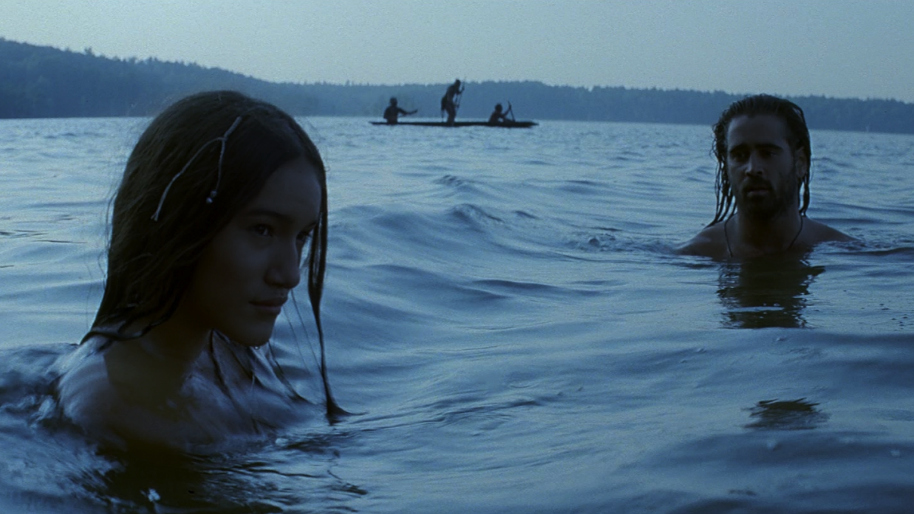
Colin Farrell skinny dipping . . .
Out of all the films I viewed in the P.T.W. Anderson den, THE NEW WORLD may have been my favorite (IVAN’S CHILDHOOD, DIABOLIQUE, or GANGS OF NEW YORK contend, admirably). The film chronicles the founding of the Jamestown, Virginia settlement, and the romantic relationships between the historical figures Pocahontas and Captain John Smith, and Pocahontas and an Englishman, John Rolfe. Its final sequence, replete with the classic Malickian thematics—the symbiotic relationship of life and death, persistence of memory, fraternity’s power—and motifs—water, birds, low angles of trees—eroded the dam which pools all my sentimentality and reverence for nature into one deep and wide lake. The waters rushed from my limbic system down to my slipper-covered toes: the urge to frolic about in verdant grounds, as Pocahontas (at this point in the film, Rebecca) does in the finale, became overwhelming, inviolable. I attempted to recall a previous time over Thanksgiving break, wherein I hiked a ski mountain in southern Vermont with my older brother, Will, and friend, Pete, and felt the same joyous desire to collocate mind, body, and soul with nature.
The Green Mountain State engenders a peculiar mysticism in the beholder, a peculiar longing for the bygone days of rugged simplicity, self-reliance, and stories near the hearth. (BADLANDS, DAYS OF HEAVEN, and even THE THIN RED LINE and THE NEW WORLD similarly engender that longing for a simpler epoch.) This could be overly idiosyncratic; I have no clue what the skiers from the Tri-State area feel when they cross the Massachusetts border, purchase lift tickets, Canadian Goose jackets, etc. The foregoing sentiments were really congealed the day we hiked Bromley Mountain, located in the wonderful Peru, Vermont, its summit elevation, the mountain’s, coming in at about 3,200 feet. We reached the peak around three o’clock, having left around one, the sun steadily descending, likewise, the temperature.
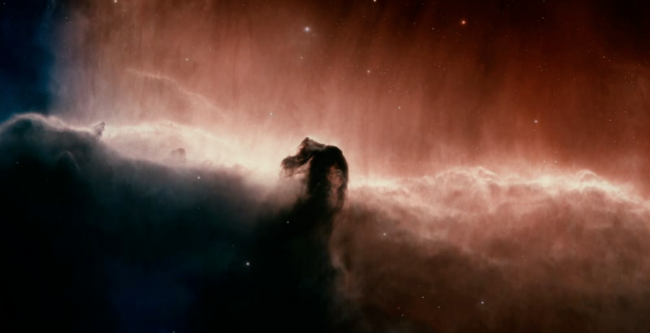
My roommate’s diarrhea
The far-reaching landscape, painted over with evergreen forests, dotted with little rural villages, carved and dissected by rural roads, ridged by those verdant mountains, imprinted its conscious onto ours. There, each atop three boulders, whose locations formed a neat triangle, Will, Pete, and I paid homage to Mrs. Green Mountain State, THE DARJEELING LIMITED and the Whitman brothers, and the limbic system pool, the waters of which I described as sentimental and reverent, that existed, and thrived, in the three of us. I did not know it at the time but, on the glorious summit of Bromley, I had become Pocahontas, as hokey as that may sound. I cartwheeled and spun and doused myself in pond water atop the boulder; we all did. Wagner’s “Vorspiel” echoed over the valley, the music and our summit, too, forever ascending.
I spoke with a friend of mine, a Mr. Tucker Bodine, about Malick’s 2011 film THE TREE OF LIFE, which I had recommended to him not several days prior to our conversation. The film had exceeded his expectations, and when I asked him to elaborate on his viewing experience, he was at a loss with words: his experience, he submitted, could never be understood, never be articulated lucidly. His intellect had shut down, pro tempore, due to the unalloyed beauty of the film; the ones reigned true for the running time, instead of a mind grappling for a thesis, for evidence. Tucker did, however, repeatedly reference an essay—“Farther Away”—he had stumbled upon in the archives of THE NEW YORKER. Written by American author Jonathan Franzen, the essay covers topics including self-isolation, the novel’s history, ornithology, the internet, boredom, and David Foster Wallace’s suicide. From the concluding paragraph of “Farther Away”:
No matter how carefully we defend ourselves, all it takes is one footprint of another real person to recall us to the endlessly interesting hazards of living relationships. Even Facebook, whose users collectively spend billions of hours renovating their self-regarding projections, contains an ontological exit door, the Relationship Status menu, among whose options is the phrase “It’s complicated.” This may be a euphemism for “on my way out,” but it’s also a description of all the other options. As long as we have such complications, how dare we be bored?
Tucker exacted his reference to the above paragraph and to the cosmos sequence from THE TREE OF LIFE, which depicts the astounding formation of life on Earth. Malick recruited visual effects savant Doug Trumbull, the man responsible for the effects in 2001: A SPACE ODYSSEY and BLADE RUNNER, in order to create the sequence without the use of computer-generated imagery. Trumbull reported that he and his crew “worked with chemicals, paint, fluorescent dyes, smoke, liquids, CO2, flares, spin dishes, fluid dynamics, lighting, and high speed photography to see how effective they might be.” The sequence, lasting approximately 20 minutes, codifies Malick’s reverence for nature, the cosmic and grand and majestic clockwork that is the universe. From the Badlands of North Dakota and the wheat fields of the Panhandle, from the hills of Guadalcanal and the forests of present day Virginia, to the suburban sprawl of 1950s Texas, this reverence has blossomed, beautifully. And the cosmos sequence from THE TREE OF LIFE becomes the flower of this fruition.
No matter how carefully we defend ourselves, all it takes is one footprint of Malick to recall us to the endlessly sublime functions of living relationships, both with humans and nature. We are touched; whether it be by the finale of THE NEW WORLD or a 20-minute chronicle of the universe’s origins, this effects us. That, I submit, may be one of Malick’s principal intentions: to remind us to ascend, for perpetuity, to marvel at the world, mankind, an evergreen, a jellyfish, and never, never be bored. As long as we have Malick, how dare we be bored?

